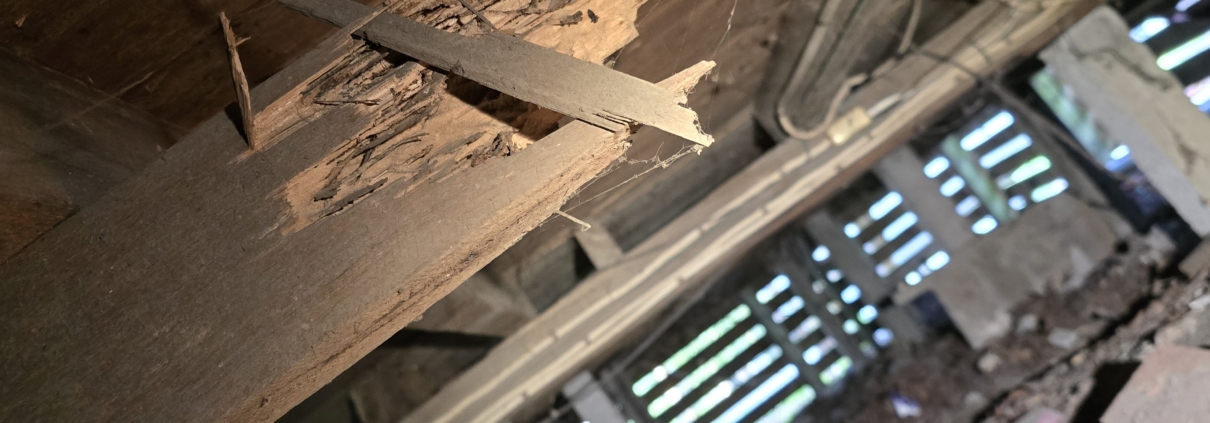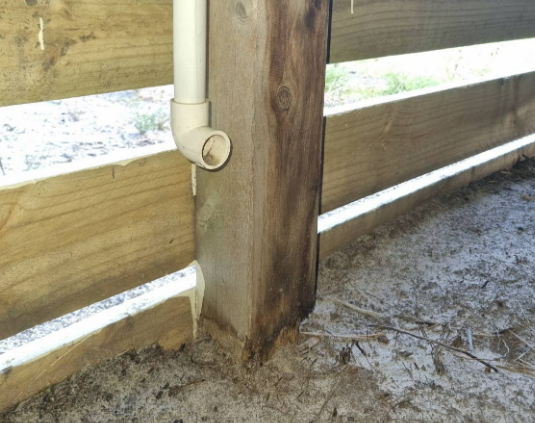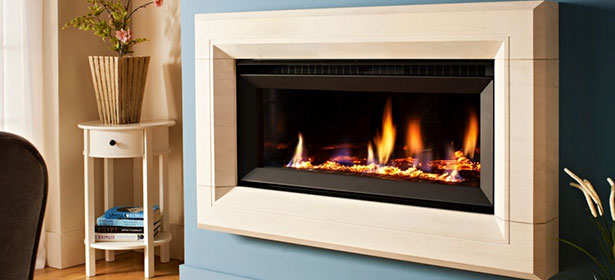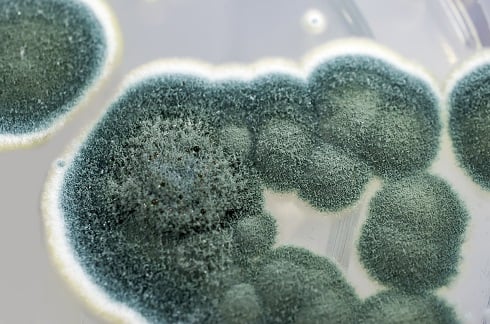Subfloor Access: Crucial for Pre-Purchase Building Inspections
Congratulations on buying a new home! It’s an exciting time, but before you sign, it’s essential to get a pre-purchase building and pest inspection. A key part of that inspection is assessing the subfloor. But what happens when access is limited? Let’s explore the importance of subfloor access and what you can do about it.
Why is Subfloor Access So Important?
The subfloor is a hidden area underneath your home, and it can reveal a lot about its condition. It’s a prime location for:
- Termite activity: Termites love dark, damp environments.
- Moisture damage: Leaks, poor ventilation, and rising damp can cause significant problems.
- Structural issues: Foundation problems, rotting timber, and inadequate supports can compromise your home’s integrity.
A thorough subfloor inspection can uncover these issues early, potentially saving you from expensive repairs later.
What are the Standards for Reasonable Access?
Australian Standard AS 4349.3 – 2010 provides guidelines for subfloor access:
- Minimum clearance: Inspectors need at least 600mm of clearance to access and move within the subfloor.
- Access points: An existing access point like a trap door or hatch is ideal.
- Unobstructed access: The path to the access point should be clear of stored items, debris, or overgrown vegetation.
No Subfloor Access? No Problem (Well, Maybe a Small One!)
If your property lacks adequate subfloor access, here are some options:
- Negotiate with the seller: Request that the seller provide access before the inspection. They may need to clear obstacles or create a new access point.
- Factor in costs: If creating access is your responsibility, get quotes from qualified tradespeople and include this in your budget.
- Limited inspection clause: A limited inspection may be possible with a clause stating the limitations and potential risks due to restricted access.
Planning for the Future
Even with access for the pre-purchase inspection, consider improving it for future checks:
- Create a permanent access point: Install a durable and easily accessible hatch or door.
- Ensure adequate ventilation: Good airflow prevents moisture buildup. Consider installing subfloor vents.
- Keep the area clear: Don’t use the subfloor for storage. Clutter hinders inspections and creates damp conditions.
In Conclusion
Access to the subfloor is vital for a thorough building inspection. By understanding the standards and taking proactive steps to ensure accessibility, you can gain valuable insights into your potential new home and avoid nasty surprises in the future.














